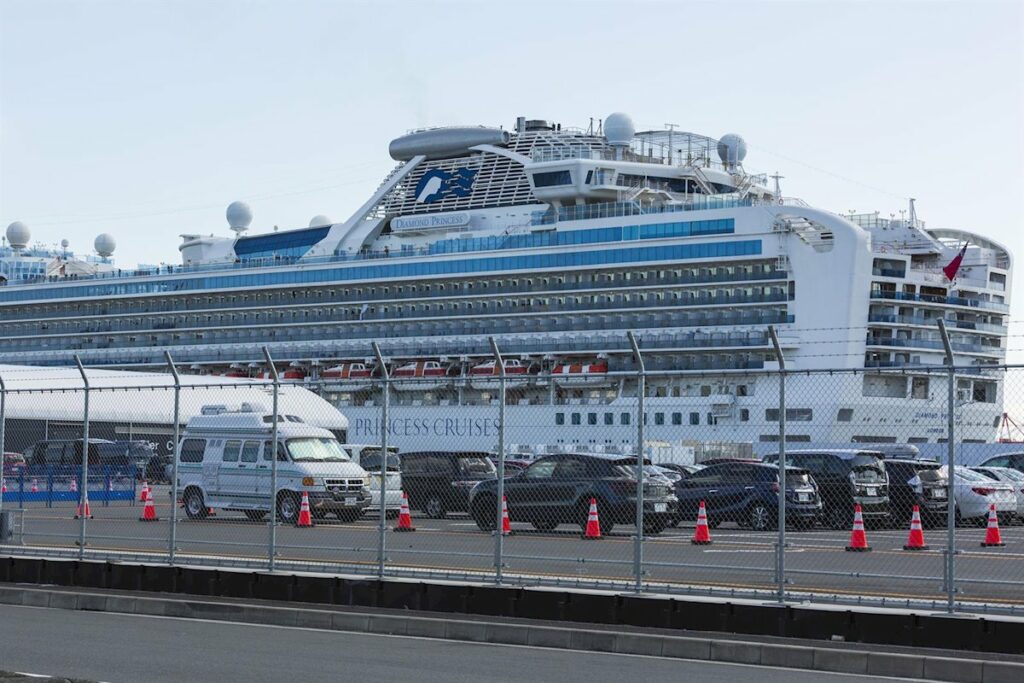The coronavirus epidemic disrupted the lives of many across the world — and not just of those on land. Many traveling in cruises got stranded for weeks, not being allowed to disembark due to the positive cases.
Now, a study looked closely at cases in a specific cruise, showing many didn’t actually have symptoms.

In 1914, British explorer Ernest Shackleton went on an epic voyage, traveling on the British Imperial Trans-Antarctic Expedition to Argentina, planning to cross Antarctica. Although his ship, the Endurance, was ultimately trapped in ice, he managed to carry out a quite remarkable expedition that is commemorated around the world. The trip was so inspiring that it’s become a sort of touristic attraction, with at least one cruise ship replicating the voyage.
But unlike Shackleton’s ship, which was hit by ice, the cruise ship was hit by COVID-19.
The ship, which was the focus of a new study, departed mid-March from Ushuaia, Argentina, for a planned 21-day cruise of the Antarctic Peninsula, including Elephant Island, before sailing to South Georgia Island on a route similar to that taken by Shackleton.
All the 128 passengers and 95 crew were screened for COVID-19 symptoms, and body temperatures were taken before boarding. No passengers or crew that had transited through countries with prevalent coronavirus infections in the previous three weeks from boarding the ship.
After eight days from departing, the first case of fever was reported, the researchers said. Authorities at the ship quickly implemented a set of preventive measures, including canceling most of the daily services, asking crew members to use protective gear at all times and asking passengers to stay in their cabins.
As Argentina had closed its borders, and permission to disembark at Stanley, Malvinas Islands, was refused, the ship sailed to Montevideo, Uruguay, arriving on the evening of day 13. Most of the patients with fever had improved with symptomatic treatment and were okay on arriving at Montevideo.
Of the 217 passengers and crew on board, 128 tested positive for the coronavirus. Of those who tested positive, 24 exhibited symptoms, and 108 (81%)did not. The test had a high rate of false negatives, which might explain 10 situations in which passengers who shared the same cabin tested differently, but it is an extremely striking figure because it suggests that a great majority of cases could be asymptomatic.
This could be the most relevant tally of how many COVID-19 cases are asymptomatic.
“The prevalence of COVID-19 on affected cruise ships is likely to be significantly underestimated, and strategies are needed to assess and monitor all passengers to prevent community transmission after disembarkation,” the study reads. “The timing of symptoms in some passengers (day 24) suggests that there may have been cross-contamination after cabin isolation.”
Alan Smyth, joint editor in chief of Thorax, the journal in which the study was published, said in a statement that a high proportion of infected but asymptomatic individuals could mean that a larger percentage of the population has been infected with the novel coronavirus.
“It is difficult to find a reliable estimate of the number of COVID positive patients who have no symptoms,” he said.
The findings are also relevant for the cruise industry, which has been particularly affected by the pandemic, the researchers said. Outbreaks of the novel coronavirus happened in many cruises across the world, leading to deaths on board and passengers and crew members quarantined at sea.
Antibody tests have been used by researchers to try to determine the number of asymptomatic patients. Nevertheless, there are still doubts over how accurate these tests actually are. Most have shown a significant rate of false positives, leaving many questions open.
The article was published in the journal Thorax.


